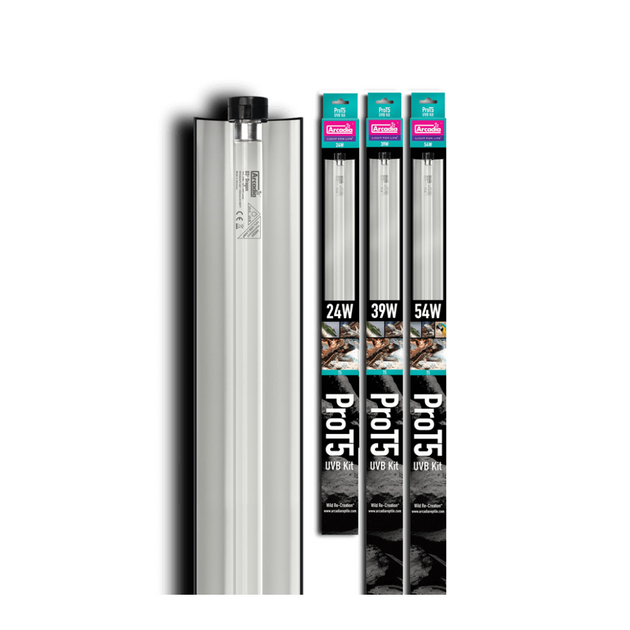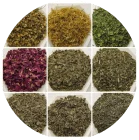ALUSTRIAL<3
New Member
New tortoise grandma here! My dad recently got my 9yo daughter a hingeback tortoise from a reptile show. My daughter's named him Tucker (because he likes to tuck into his shell occasionally). He's very laid back, likes his head and chin rubbed, and is content lounging on my chest and walking up to rub his head on your neck. I'm really worried he's not the healthiest at the moment. His eyes tend to water, he's not opening them much, and he's not really eating much at all, and has dark green runny poo. His skin has been looking dry, so I've been soaking him every other day this week instead of twice a week like they told my dad to do. I've been reading through the forums looking for advice, I'm wondering if his basking lamp/ uvb light might be bothering him on top of the dehydration? I'm worried about parasites, but I'd like to get him hydrated and eating before going to the vet and adding meds to an empty stomach. Would a 50/50 pedialyte bath be ok for more hydration?? What other foods could I try giving the poor little guy?? Any advice would be fabulous!!









